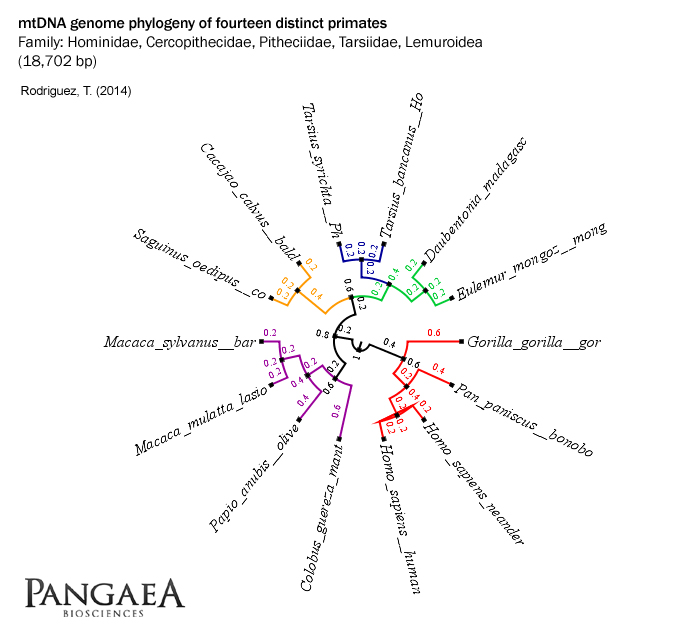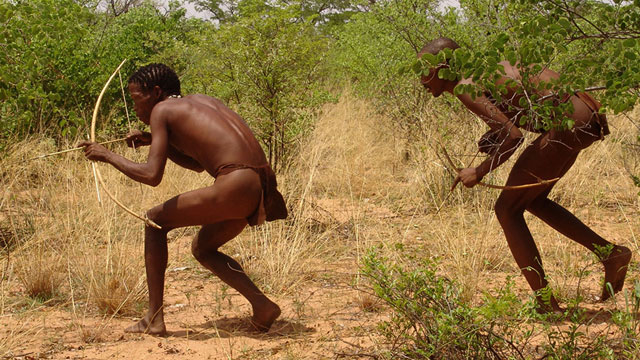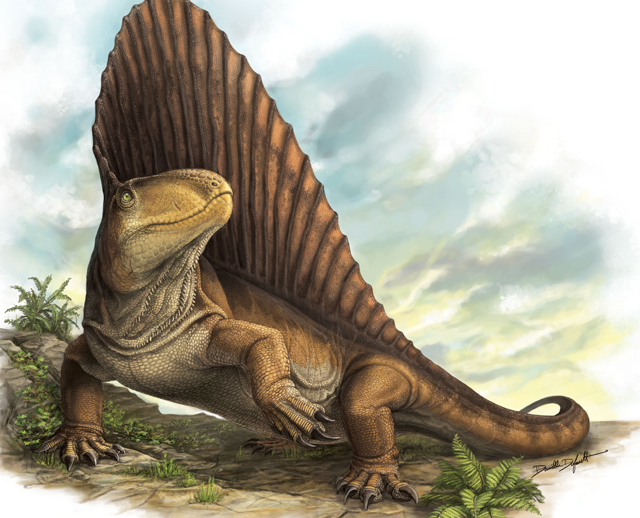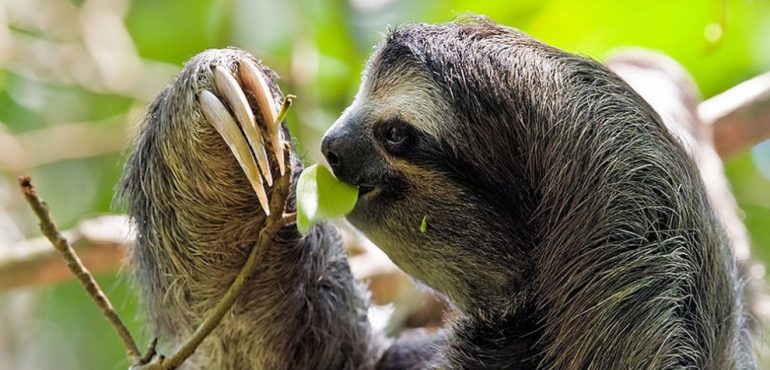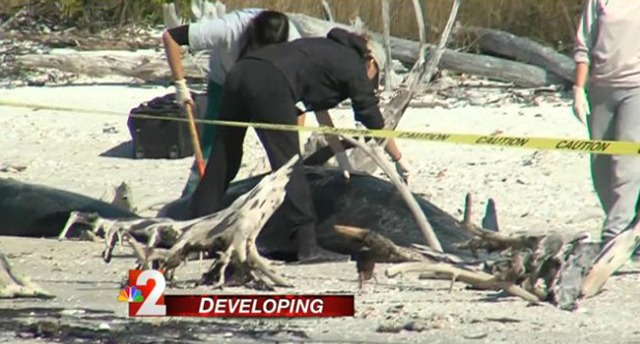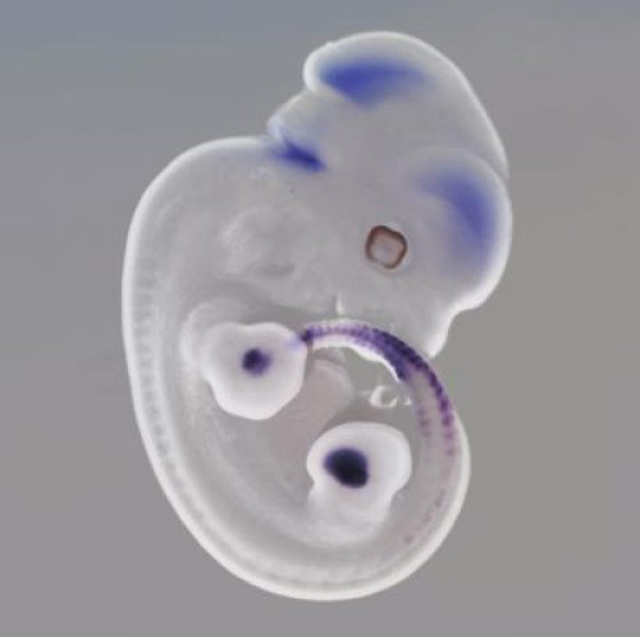Family: Hominidae, Cercopithecidae, Pitheciidae, Tarsiidae, Lemuroidea (18,702 bp) Rodriguez, Tommy (2014): 18,702 Base Pair Alignment of Fourteen Distinct Primates. figshare. http://dx.doi.org/10.6084/m9.figshare.929634
Read more
18,702 Base Pair Alignment of Fourteen Distinct Primates
